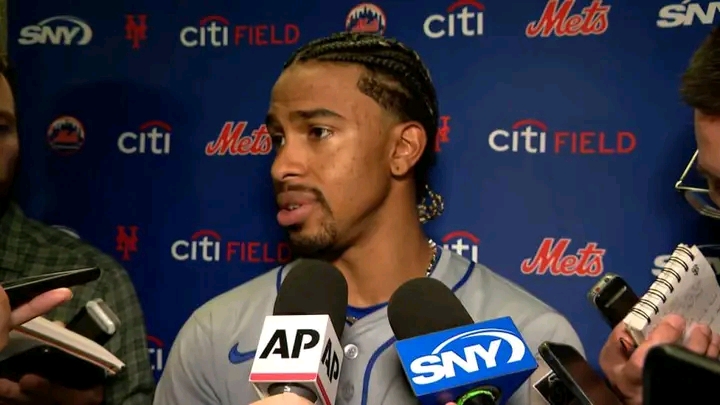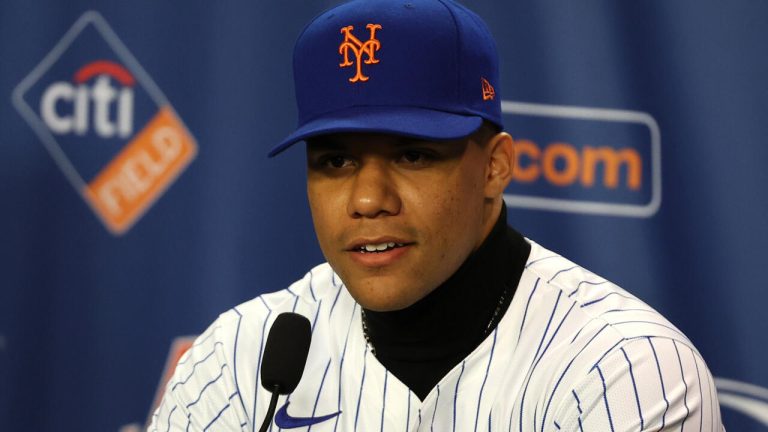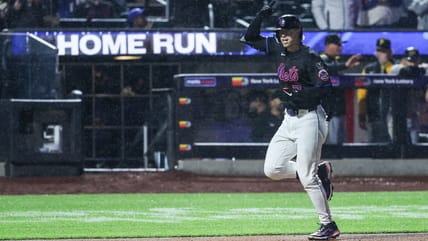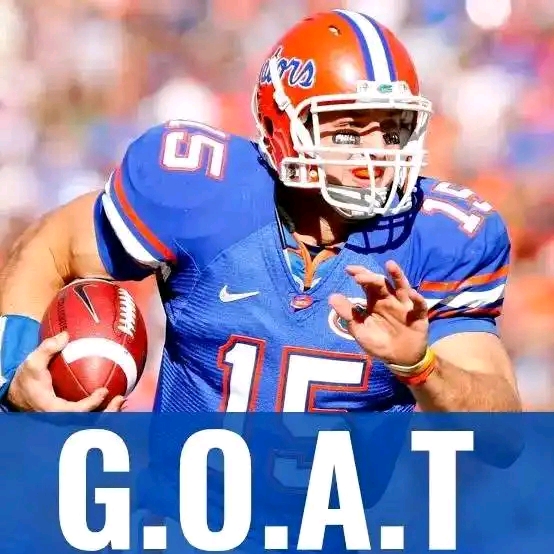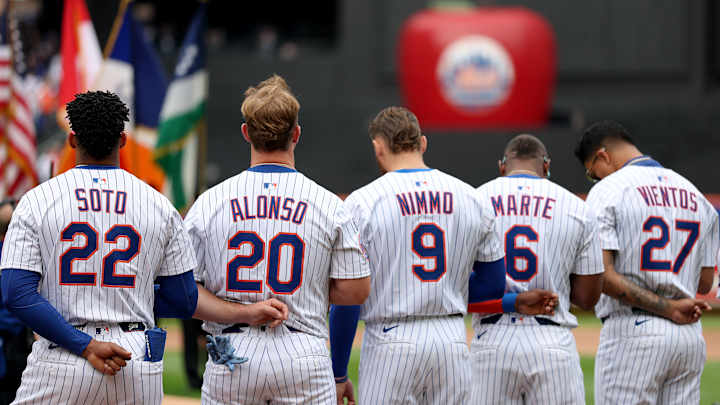
The New York Mets’ four-year, \$78 million contract with outfielder Starling Marte, signed in 2022, is increasingly viewed as one of the worst value deals in Major League Baseball. Once a dynamic force known for his speed and defensive prowess, Marte’s recent performance has sharply declined, rendering the hefty contract a significant financial burden for the team.

Marte’s 2022 season initially justified the investment, with a solid batting average and stolen bases. However, by 2023, his performance began to deteriorate. He posted a .625 OPS and a 72 wRC+ before a season-ending groin injury in August. The following year mirrored these struggles; Marte batted .266/.312/.389 with seven home runs in 82 games, while contending with a sore right knee. These statistics reflect a significant drop from his peak years, indicating that age and recurring injuries have diminished his on-field contributions.
The Mets’ commitment to Marte, averaging \$19.5 million annually, is substantial, especially considering his declining performance. This contract consumes a significant portion of the team’s payroll, which reached a record \$331 million in 2023, the highest in MLB history. Despite this investment, the Mets failed to secure a playoff spot that season, highlighting the inefficiency of such high-value contracts when not yielding proportional returns on the field .
In light of Marte’s diminishing returns and the Mets’ financial constraints, there have been discussions about offloading his contract. Rumors suggest that the Mets are exploring trade opportunities, including potential deals with teams like the San Diego Padres, to alleviate their payroll burden . Such moves underscore the team’s recognition of the contract’s adverse impact on their financial flexibility and roster construction.([The Times of India][3])
Within the National League East, Marte’s contract stands out as one of the most problematic. While other teams have also made questionable investments, Marte’s combination of high salary and underperformance places his deal at the forefront of poor-value contracts in the division .([House That Hank Built][1])
The \$78 million contract with Starling Marte exemplifies how a player’s decline can transform a seemingly promising deal into a financial liability. For the Mets, this contract has not only failed to deliver expected on-field value but has also constrained their financial and roster flexibility. As the team continues to navigate the challenges of roster construction and payroll management, Marte’s contract serves as a cautionary tale of the risks associated with long-term commitments to aging players.
